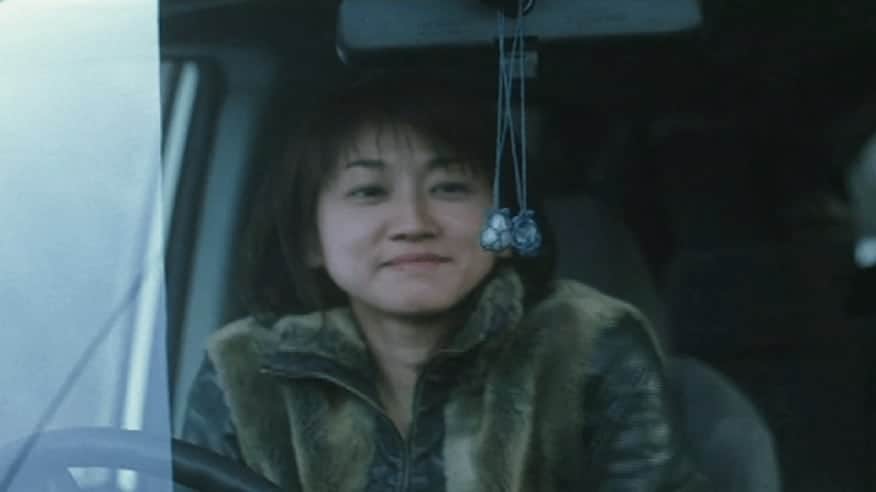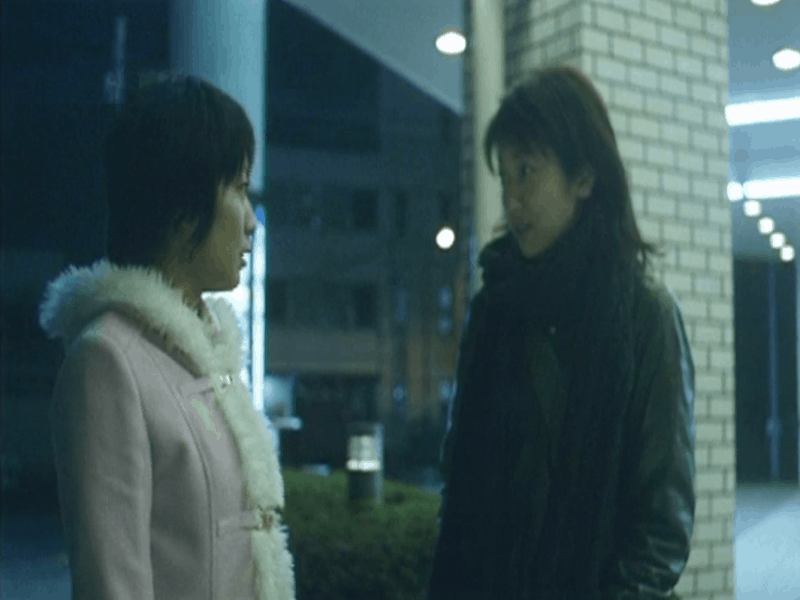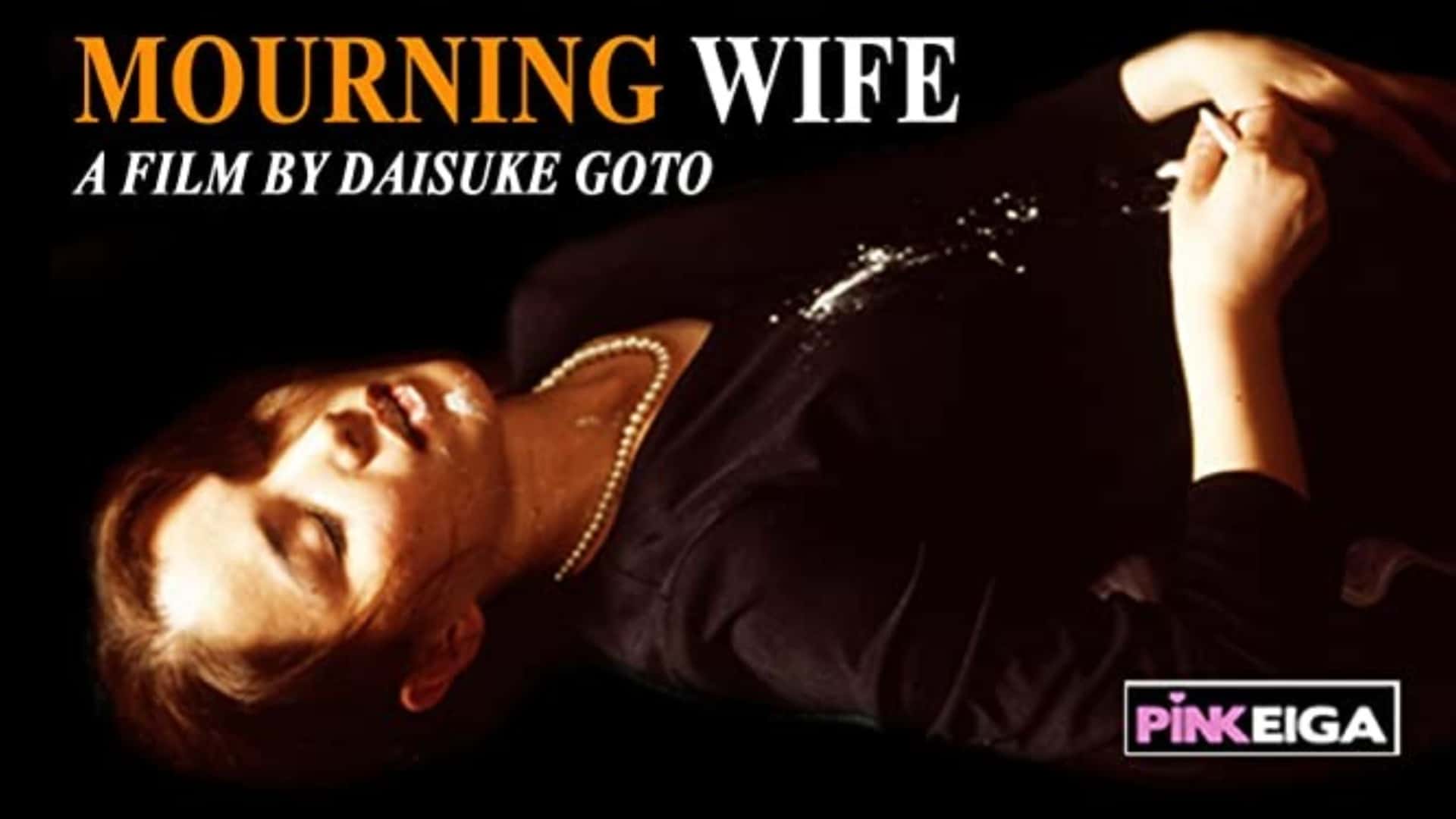Yasuko and Shizuka work for the same company and enjoy spending their evenings at a hostess club with friends. Secretly, Yasuko is not really interesting in men, and she finds herself falling for her co-worker. After Shizuka disappears, she becomes concerned for her friend, but when she seeks her out at her home she finds her badly beaten and in a moment of self-defense, having killed her boyfriend. Yasuko vows to protect her friend and slowly finds herself in the role of an accomplice to murder while struggling to build a relationship.
Fall Into the Blue is available from Pink Eiga
By Using the code AMPFriend, you get a 25% price-off
Yasuko starts working with her sister, who sells clothes in rural areas from her van. In order to hide Shizuka, she gets her to work with her and live with her and her sister. At first, Shizuka seems to fall for Yasuko, but as the romance continues, it seems to be more circumstantial as Shizuka begins to stray towards the company of the men at the host club and also contemplates turning herself in. Yasuko begins to spiral into depression as she tries to keep her friend safe and have her romantic feelings validated.
“Fall Into the Blue” has the most success when it comes to the relationship-building between Shizuka and Yasuko, creating an interesting dynamic between the characters in a few ways. Firstly, the performances themselves from Mayu Asada and Ayana Chigawa are top notch, as they are convincing in their roles, coping with the source material well and building a believable affair. The erotic scenes between the two actresses are also well shot and done in a tasteful manner that compliments the delicate situation they find themselves in. Yasuko’s descent, as she feels she is losing her partner, is noteworthy in performance. Mayuko Sasaki as Yasuko’s sister also gives a great performance, especially as she gets more involved with her sister and her lover in the crime. For such a short run time, the film manages to pack a bit of an emotional punch while creating strong characters.
Visually, the film is serviceable, and although it does a great job in the scenes with the two female leads, the rest is a bit uninspiring. This may be in part because the characters outside of the couple, particularly in regards to the erotic scenes, hold little reason to generate interest. For a film with such a strong couple leading, it is unfortunate the runtime and the erotic quota was filled with, what feels like, pointless sex scenes. The soundtrack for the film is in pretty stark contrast to the movie itself, with the first scene between Yasuko and Shizuka feeling like it would be a better fit in a suspense movie.

The soundtrack, short run time and use of men to fill in extra sex scenes deters from the overall production but does not hinder the film.
“Fall Into the Blue” boasts a solid script that allows for memorable performances from their female leads. However, a short run time padded with some unnecessary scenes makes it a bit short of its potential. I have always touted the creative freedom and skill that goes into a Pink film production and although this production serves as a reminder of that, the movie also does become a bit frustrating as it also serves to remind that the restrictions in the genre can sometimes hurt the overall product. Given a bit more budget and a lack of dependency on the erotica, and if the film was able to generate a longer runtime, and just keep the erotic scenes between the two female leads the end product would have been more enjoyable. Still, the performances and the success of the script to tell an engaging story under the restrictions makes “Fall Into the Blue” an enjoyable outing.

















